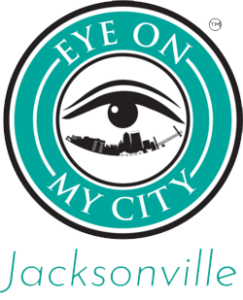We live in a time where pain, tragedy, and heartbreak are consumed as casually as beauty tutorials and dance trends. One moment, our for-you page is offering videos of a baby’s funeral; the next, an OOTD from a New York socialite. Videos that should be gut-wrenching only capture our attention until the end. Before we even process what we’ve seen, and long before we’ve allotted enough time to truly feel for these people, our thumb is already moving again. Scroll.
This constant exposure has altered us more than we realize. We, the younger generation, have become disturbingly accustomed to sorrow. Not necessarily immune to it but conditioned to view it as part of our daily content cycle. We may pause, maybe even let a few crocodile tears slip, but then we move on – because we’re supposed to. The algorithm has more to show us, and every day, we let it.
We are so overloaded with imagery that it is borderline impossible to be sensitive to everything we see online. Flipping through TV channels, you’ll go from footage of the Gaza-Palestine war, to Food Network, to Keeping up with the Kardashians, to a football game, on, and on, and on, and on, and on. And when you can flip through everything equally as arbitrarily, it becomes challenging for our brain to distinguish what truly matters and what doesn’t.
The platforms we live on have compressed real human suffering into thirty-second clips, surrounded by view counts and trending audios. It’s not just that tragedy has become normalized – it’s that we have collectively learned to package it. Viral suffering is now a genre. It’s disturbing to admit, but we have been conditioned to treat someone else’s worst day as a form of entertainment. And truly, the consequences are terrifying. When something awful happens in real life, we don’t always know how to respond.
Gen-Z is now wired to move on as soon as a video is over, whatever the content may be. So, what happens when you can’t just scroll? What happens when someone’s pain – a friend’s, a neighbor’s, a classmate’s – outlasts the 30-second mark of an average Tik-Tok video? What happens when Gen-Z is faced with deep pain in real life? More often than not, many do not know how to act or respond. Hearing about someone’s pain will always be slightly uncomfortable, and it’s supposed to be. But we’ve seen so much digital tragedy that we’ve grown numb to it in real life. We’ve heard so many terrible stories online that when we come face to face with real grief, we’re somewhat emotionally paralyzed. There’s no ‘next video’ escape, no audio to soften the blow. And in that silence, it’s evident so many people have forgotten how to actually be there for someone else. This loss of empathy, this inability to sit and feel with someone else, is devastatingly common.
However, it’s not entirely our fault. We were given these infinite feeds long before we understood how they would rewire our brains, and now we flick between videos about death and dance challenges without a second thought. Because scrolling gives us access to everything, it cheapens everything in the process.
So, what do we do?
We must relearn how to sit with pain. This means asking real questions, being silent when someone needs to talk, and embracing discomfort. Just be present. You don’t need to fix anyone’s sadness; you just need to show up in it. Pause before moving on and choose to stay when it’s easier to scroll. People’s pain matters. So let it.










